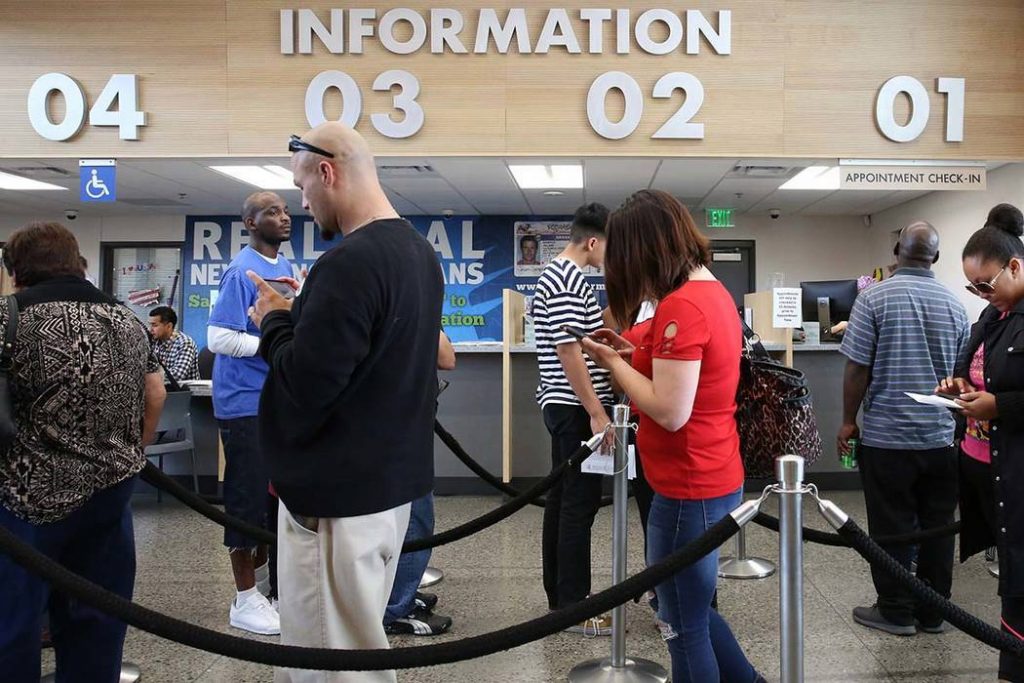Nevada DMV Registration: You’re Guide to Hassle-Free Vehicle Registration

Introduction:
Registering your vehicle with the Nevada Department of Motor Vehicles (DMV) doesn’t have to be a daunting task. With the right knowledge and a bit of practice, you can breeze through the registration procedure and get back on the road hassle-free. This manual will walk you through the steps to secure your Nevada DMV registration knowledge is smooth and efficient.
Step 1: Gather Your Documents
Before heading to the DMV for Vehicle registration in Nevada, make sure you have all the necessary documents in order. Typically, you’ll need:
- Proof of ownership (title)
- Emission inspection certificate (if applicable)
- Insurance documentation
- Identification (driver’s license)
- Proof of residency (utility bill or lease agreement)
Step 2: Choose Your Registration Type
Nevada offers different registration options, including measure, renewal, and out-of-state title transfers. Choose the right type based on your situation. If you’re moving from another state, your power requires more documentation.
Step 3: Complete the Application
You can complete the registration application online through the Nevada DMV registration renewal website or individually at a local DMV office. Make foolproof to provide correct details to avoid any uncertainties.
Step 4: Pay the Required Fees
Registration fees in Nevada vary founded on factors like automobile type, weight, and registration length. The DMV website supplies a fee estimator to help you estimate the cost. Remember to bring received forms of payment, which usually include cash, credit/debit cards, and checks.
Step 5: Pass Emission Inspection
If your vehicle is subject to emission testing, confirm that it has given the examination. The emission certificate is a critical document for registration.
Step 6: Complete the VIN Inspection (if needed)
Certain vehicles might need a Vehicle Identification Number (VIN) inspection. This is usually required for out-of-state vehicles or cars without valid VINs.
Step 7: Obtain Vehicle Insurance
Before registering your vehicle in Nevada, you must have good auto insurance that meets Nevada’s minimum range conditions. Make sure you have the required proof of insurance records.
Step 8: Visit the DMV Office
Head to a local DMV office to present your application, records, and cost. You might need to stay in line, so think about checking the DMV’s online appointment system to schedule a suitable time.
Step 9: Receive Your Plates and Registration
Once your application is processed and authorized, you’ll obtain your new license plates, registration stickers, and an enrollment certificate. Attach the plates to your vehicle and hold the registration certificate in your car as evidence of registration.
Conclusion:
Navigating the Nevada DMV registration method doesn’t have to be a bother. By tracking these steps and being equipped with the required documents, you can smoothly register your vehicle and get back to enjoying the open roads of Nevada. Place to check the official Nevada DMV website for any updates or modifications to the enrollment procedure before you start.

 ICONIER Digital Agency
ICONIER Digital Agency
Recent Comments